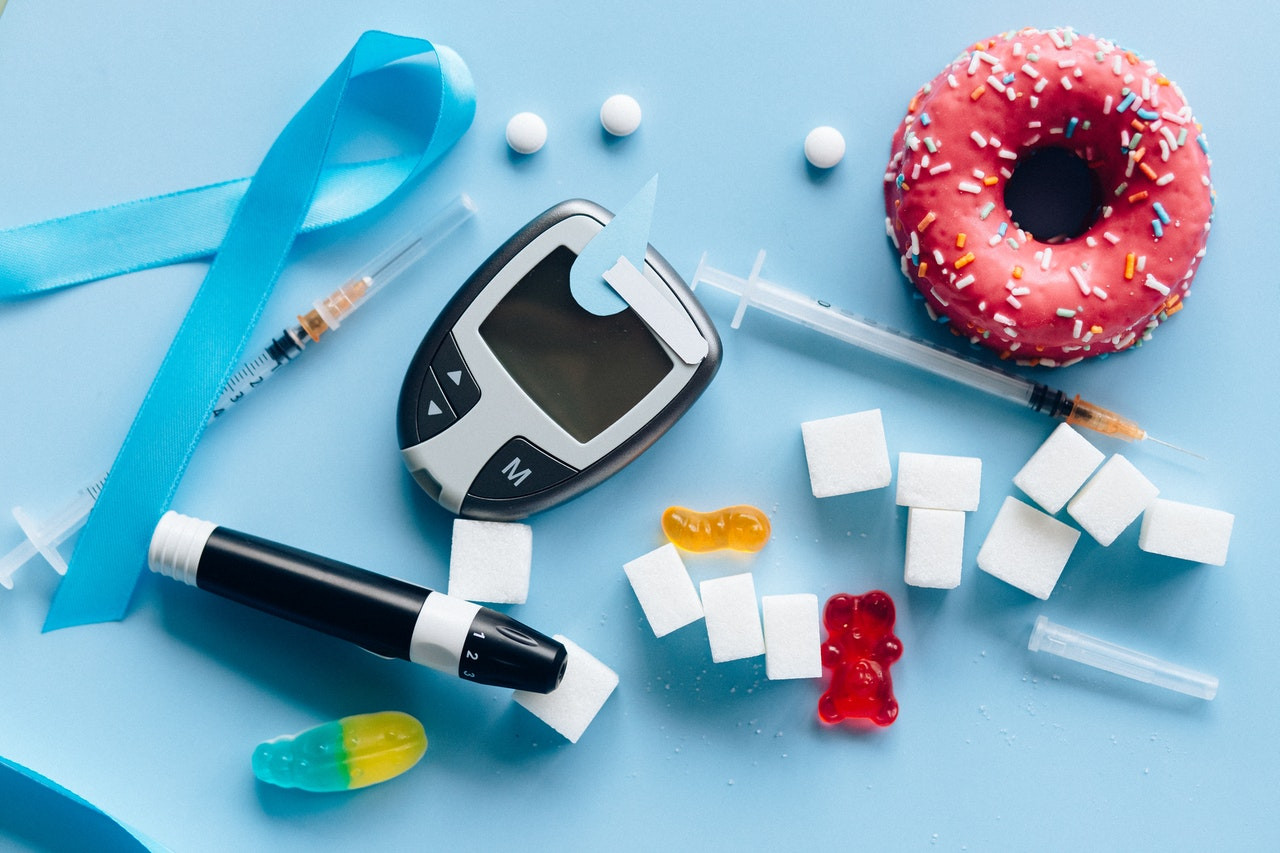Diabetes adalah kondisi dimana tubuh mengalami kesulitan memanfaatkan atau menghasilkan insulin untuk mengontrol gula darah sehingga kadar gula darah dalam tubuh di atas normal. Terlalu banyak kadar gula dalam darah dalam jangka panjang dapat menyebabkan kerusakan di beberapa anggota tubuh termasuk mata.
Penyakit Mata Akibat Diabetes
Pada pengidap diabetes terutama diabetes yang tidak terkendali dapat mengalami sejumlah penyakit mata. Menurut Verywell Health, sekitar 34 juta pengidap diabtes di Amerika Serikat, 40%nya mengalami neuropati diabetik. Sedangkan penyakit lainnya seperti glukoma dan katarak dapat terjadi pada siapa saja namun risiko meningkat pada pengidap diabetes.
Beberapa penyakit mata akibat diabetes, antara lain:
Diabetik Retinopati
Retinopati diabetik adalah gangguan mata yang paling umum pada penderita diabetes. Pada pengidap retinopati diabetik, pembuluh darah retina bisa bocor, membengkak, dan menutup. Penyakit ini juga dapat menyebabkan tumbuhnya pembuluh darah baru di permukaan retina.
Retinopati diabetik disebabkan oleh adanya penyumbatan pada pembuluh darah di bagian retina mata sehingga mata menjadi semakin sensitif terhadap cahaya. Retina pada mata berfungsi mengubah cahaya yang masuk ke mata menjadi sinyal untuk kemudian diteruskan ke otak dan mengubahnya menjadi gambar.
Ketika ada sumbatan pada pembuluh darah, akan terbentuk percabangan pembuluh darah baru yang lebih rapuh sehingga mudah pecah. Jika pembuluh darah ini pecah dapat mengganggu fungsi penglihatan Anda dan terbentuklah jaringan parut pada retina. Jaringan parut pada retina ini kemudian dapat menarik lapisan retina hingga terlepas dari tempatnya sehingga memicu kebutaan.
Baca Juga: Perbedaan Degenerasi Makula Vs Katarak
Edema Makula Diabetik
Edema makula diabetik adalah kondisi dimana adanya cairan yang menumpuk di tengah retina yang disebut makula. Cairan tersebut membuat makula membengkak sehingga memengaruhi penglihatan.
Retinopati diabetik merupakan penyebab umum edema makula diabetik. Edema makula juga dapat terjadi setelah operasi mata. Edema makula dapat disebabkan oleh beberapa penyebab lainnya, namun pada kasus edema makula diabetik kondisi ini dapat terjadi akibat komplikasi diabetes.
Gejala edema makula diabetik, antara lain:
- Penglihatan kabur atau bergelombang di mata. Pada kasus edema makula diabetik yang hanya terjadi pada satu mata, Anda mungkin tidak menyadari gejala tersebut sebelum kondisinya parah
- Warna terlihat memudar
- Mengalami kesulitan saat membaca
Baca Juga: Ini Bahayanya Jika Anda Mengalami Glaukoma dan Mata Kering
Glaukoma
Saraf optik menghubungkan mata ke otak Anda. Saat Anda menderita glaukoma, mata mendapat tekanan tambahan di mata yang memengaruhi pembuluh darah yang membawa darah ke saraf optik dan retina. Hal ini dapat menyebabkan kerusakan penglihatan dan kebutaan jika tidak ditangani dengan tepat.
Glaukoma sering kali tidak menunjukkan gejala khusus. Hal ini yang menyebabkan glaukoma terlambat untuk dideteksi. Penanganan pada glaukoma bertujuan untuk menjaga agar tidak terjadi penambahan tekanan pada mata, namun tidak dapat mengembalikan penglihatan Anda seperti semula.
Katarak
Katarak adalah kekeruhan pada lensa mata. Katarak sangat umum terjadi, terutama seiring bertambahnya usia. Pada pengidap diabetes, risiko mengalami katarak di usia lebih muda dapat meningkat.
Katarak umumnya tidak memiliki gejala yang khas. Beberapa gejala yang dapat muncul antara lain:
- Memiliki penglihatan yang keruh
- Warna tampak pudar
- Merasa lampu atau pencahayaan terlalu terang
- Mengalami masalah penglihatan di malam hari
Penanganan katarak dapat dilakukan dengan operasi untuk menghilangkan kabut yang terbentuk pada mata.
Mau tahu informasi seputar penyakit lainnya? Cek di sini, ya!
- dr. Monica Salim
Caceres, V. (2021).Diabetic Eye Diseases: Overview and More. Available from: https://www.verywellhealth.com/diabetic-eye-diseases-5120771
Turbert, D. (2021). Diabetic Eye Disease. Available form: https://www.aao.org/eye-health/diseases/diabetic-eye-disease
Boyd, K. (2022). Diabetic Retinopathy: Causes, Symptoms, and Treatment. Available from: https://www.aao.org/eye-health/diseases/what-is-diabetic-retinopathy
Cleveland Clinic. Glaucoma. Available from: https://my.clevelandclinic.org/health/diseases/4212-glaucoma
Mayo Clinic. Cataracts. Available from: https://www.mayoclinic.org/diseases-conditions/cataracts/symptoms-causes/syc-20353790#











